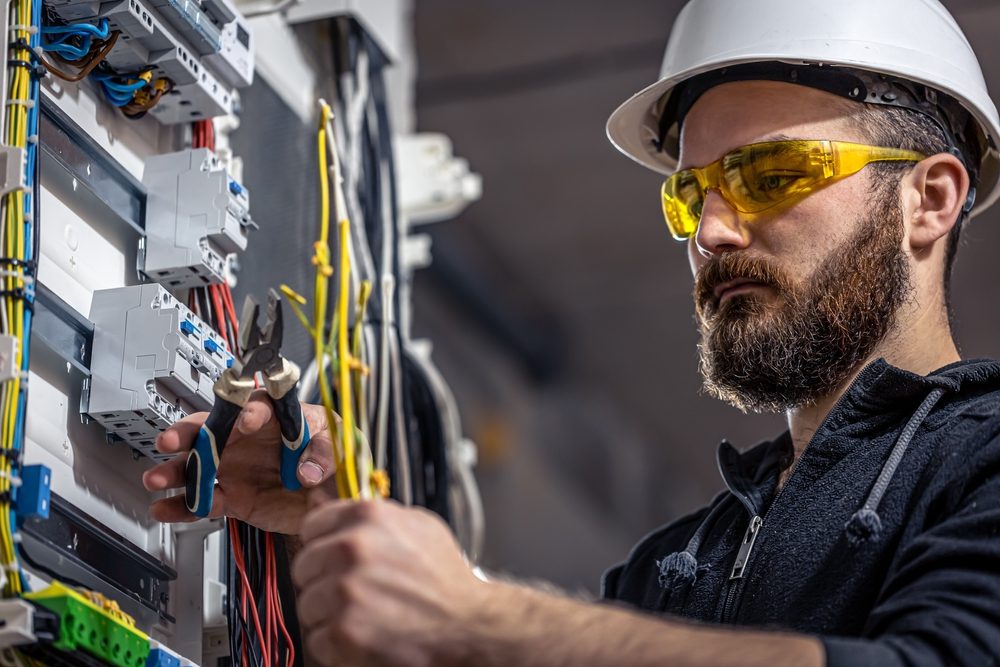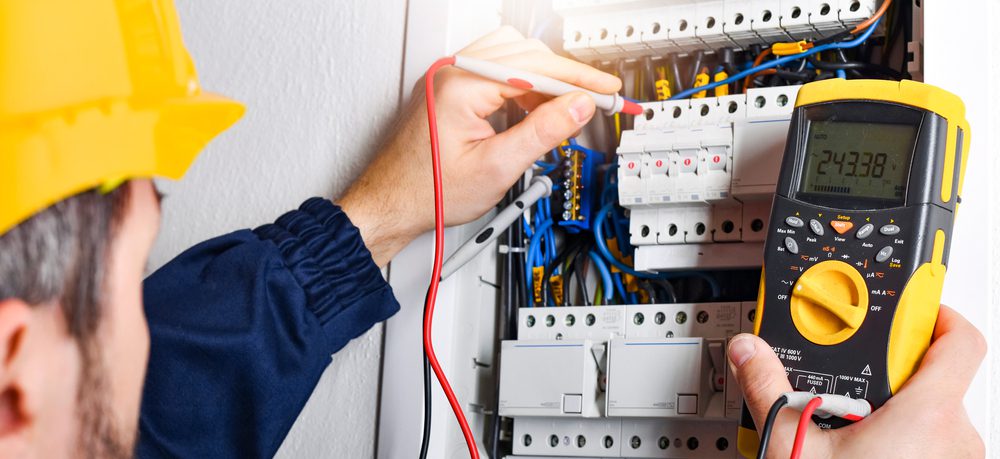Decoding Electrical Danger Notices: What You Need to Know
Introduction
Navigating the world of electrical systems can be daunting, particularly when it comes to understanding electrical danger notices. These notices serve as critical alerts, often indicating potential hazards that could endanger life and property. Whether you're a homeowner, a business operator, or simply someone who relies on electricity daily, knowing how to decode these notices is essential for your safety. In this comprehensive guide, we'll delve deep into the meaning behind electrical danger notices and what steps you should take when faced with them.
In addition to decoding these warnings, we’ll explore various emergency electrical services available in your locality, such as those offered by an electrician Charlotte NC or a local emergency electrician. By the end of this article, you'll be equipped with valuable knowledge and resources to handle any electrical emergencies that may arise.
Understanding Electrical Danger Notices
What Are Electrical Danger Notices?
Electrical danger notices are warnings issued when there is a risk associated with electrical systems or installations. These may arise due to various factors such as faulty wiring, overloaded circuits, exposed wires, or aging infrastructure. The primary goal of these notices is to inform individuals about potential hazards before they escalate into serious situations.
Why Are They Important?
The significance of these warnings cannot be overstated. Ignoring them can lead to severe consequences including electric shocks, fires, and even fatalities. Understanding the implications of these notices can help individuals make informed decisions about addressing potential dangers promptly.

Types of Electrical Danger Notices
Recognizing the Signs of Electrical Danger
Common Indicators of Electrical Hazards
Identifying potential hazards before receiving a formal notice is crucial. Here are some common signs:
- Flickering Lights: Often indicates overloaded circuits.
- Burning Smell: A sure sign something is wrong.
- Frequent Circuit Breaker Trips: Indicates an underlying issue that needs attention.
When Should You Be Concerned?
If you notice any combination of these warning signs, it’s time to consult an emergency electrician or consider emergency electrical repair services.
Steps to Take When You Receive an Electrical Danger Notice
Reading the Notice Carefully
Understanding the details in the notice is paramount. Pay attention to specific recommendations and deadlines for compliance.

Assessing Your Situation
Evaluate whether the notice pertains directly to your property or if it may affect neighboring structures. Consulting with a qualified Charlotte electrician can provide clarity on any required actions.

Engaging Emergency Electrical Services
When in doubt, don’t hesitate to contact local emergency electrician services for guidance on how best to proceed.
Decoding Electrical Danger Notices: What You Need to Know – Key Terms Explained
Voltage Levels
Understanding voltage levels can help you grasp why certain situations are labeled as dangerous.
Common Voltage Levels:
- Low Voltage: Generally considered safe but can still pose risks.
- High Voltage: Requires specialized handling due to higher risk factors.
Circuit Overload Risks
Overloaded circuits are one of the most common causes of electrical fires. Recognizing overload signs can prevent dangerous situations from escalating.
Signs Include:
- Warm outlets
- Constant tripping circuit breakers
- Charred outlets
Emergency Electrical Services Available in Charlotte NC
Types of Emergency Services Offered
Each service aims at providing quick solutions tailored specifically for urgent needs.
Finding Reliable Electricians in Charlotte NC
To ensure safety and compliance:
- Look for licensed electricians.
- Check reviews online.
- Ask for referrals from friends or family.
Preventative Measures Against Electrical Hazards
electric repair service near meRegular Inspections by Professionals
Having routine inspections conducted by a qualified electrician charlotte ensures your home remains safe from electrical hazards.
Upgrading Older Systems
If your home has outdated wiring systems, consider upgrading them immediately to meet current safety standards.
Decoding Electrical Danger Notices: What You Need to Know About Local Regulations
Understanding Local Codes
Each city may have different regulations regarding electrical installations and maintenance. Familiarize yourself with local codes through municipal websites or consultations with local professionals.
FAQs About Electrical Danger Notices
- It varies by notice type; consult the document itself for specific timelines.
- Research local electricians online or ask friends and family for recommendations based on their experiences.
- No! Even small issues can escalate quickly into major problems; always consult professionals early on.
Conclusion
Understanding how to decode electrical danger notices is not just beneficial but essential for ensuring safety at home or workspaces where electricity is utilized daily. By being proactive—staying informed about potential risks and knowing when and how to call upon skilled professionals like emergency electricians—you’re taking significant steps towards preventing accidents before they occur.
Always remember: It's better safe than sorry! So keep those eyes peeled for signs of trouble and don't hesitate when you see those red flags waving in front of you!
In closing, awareness combined with timely action can save lives—and that’s something we all want!